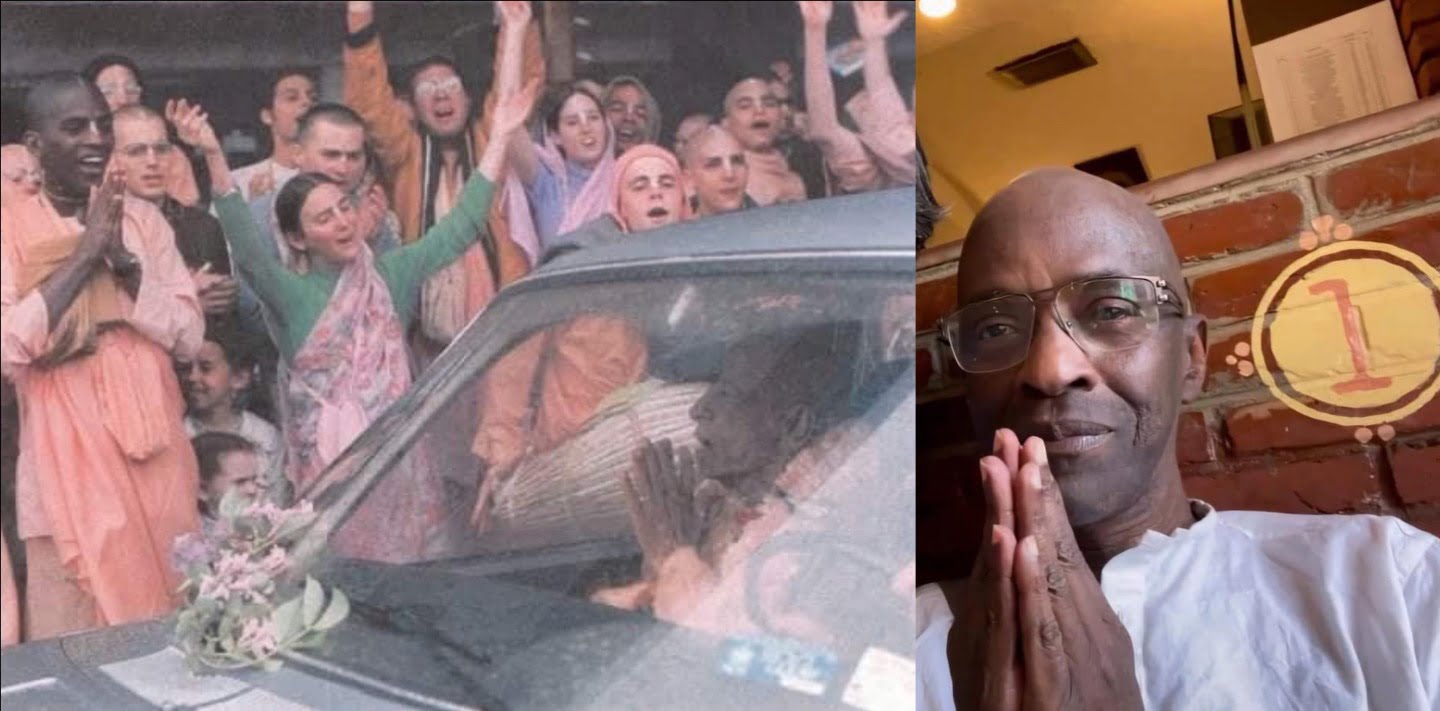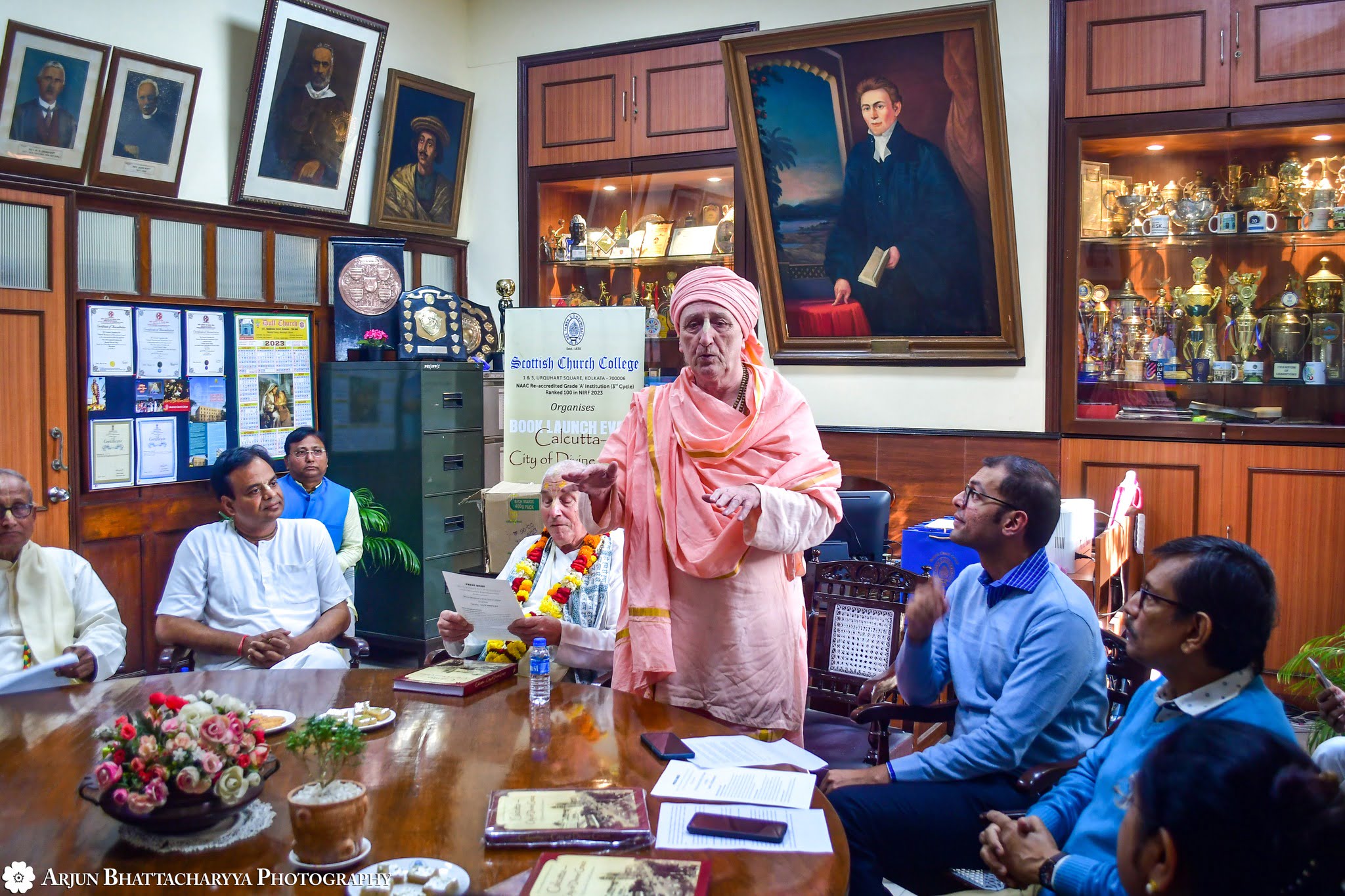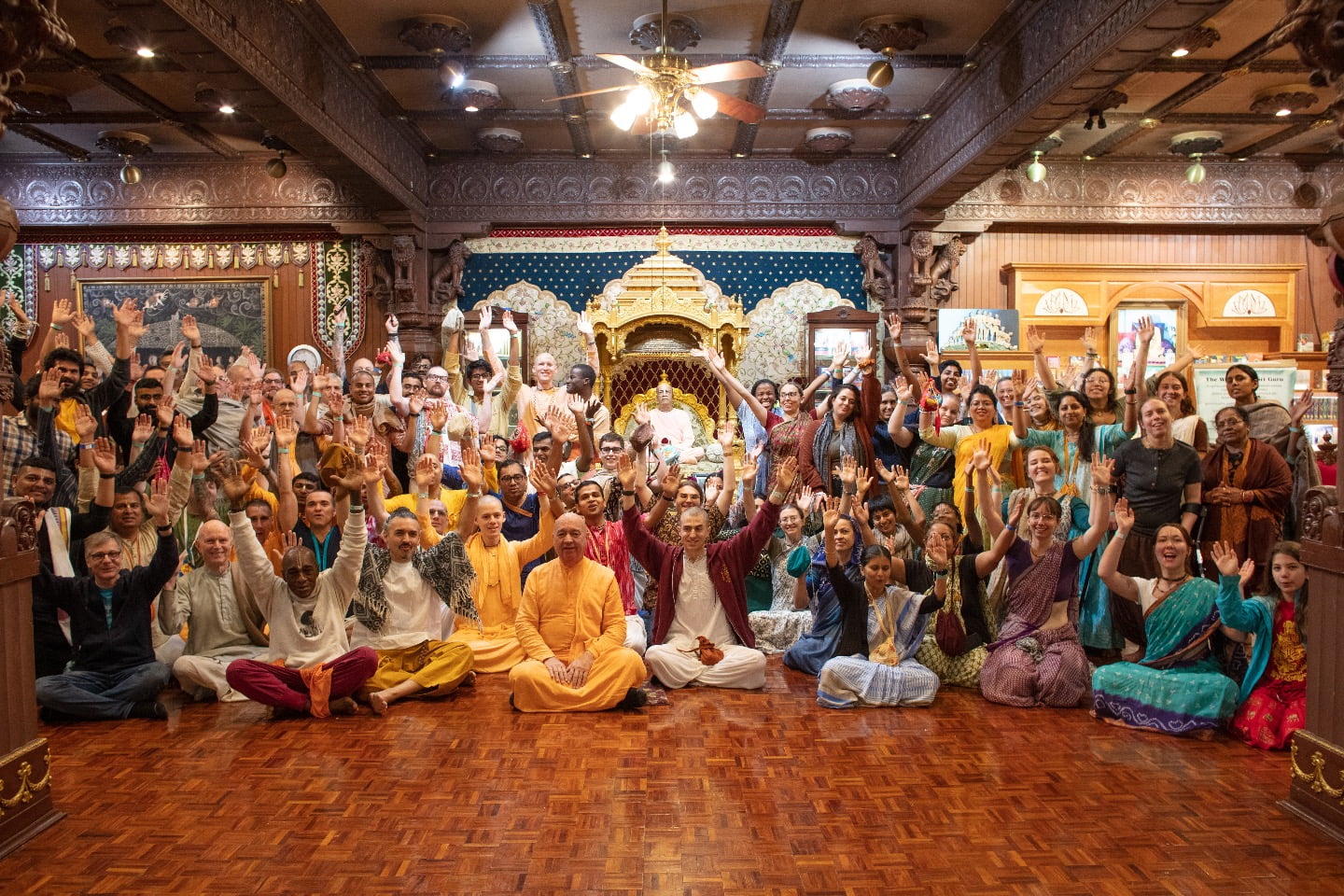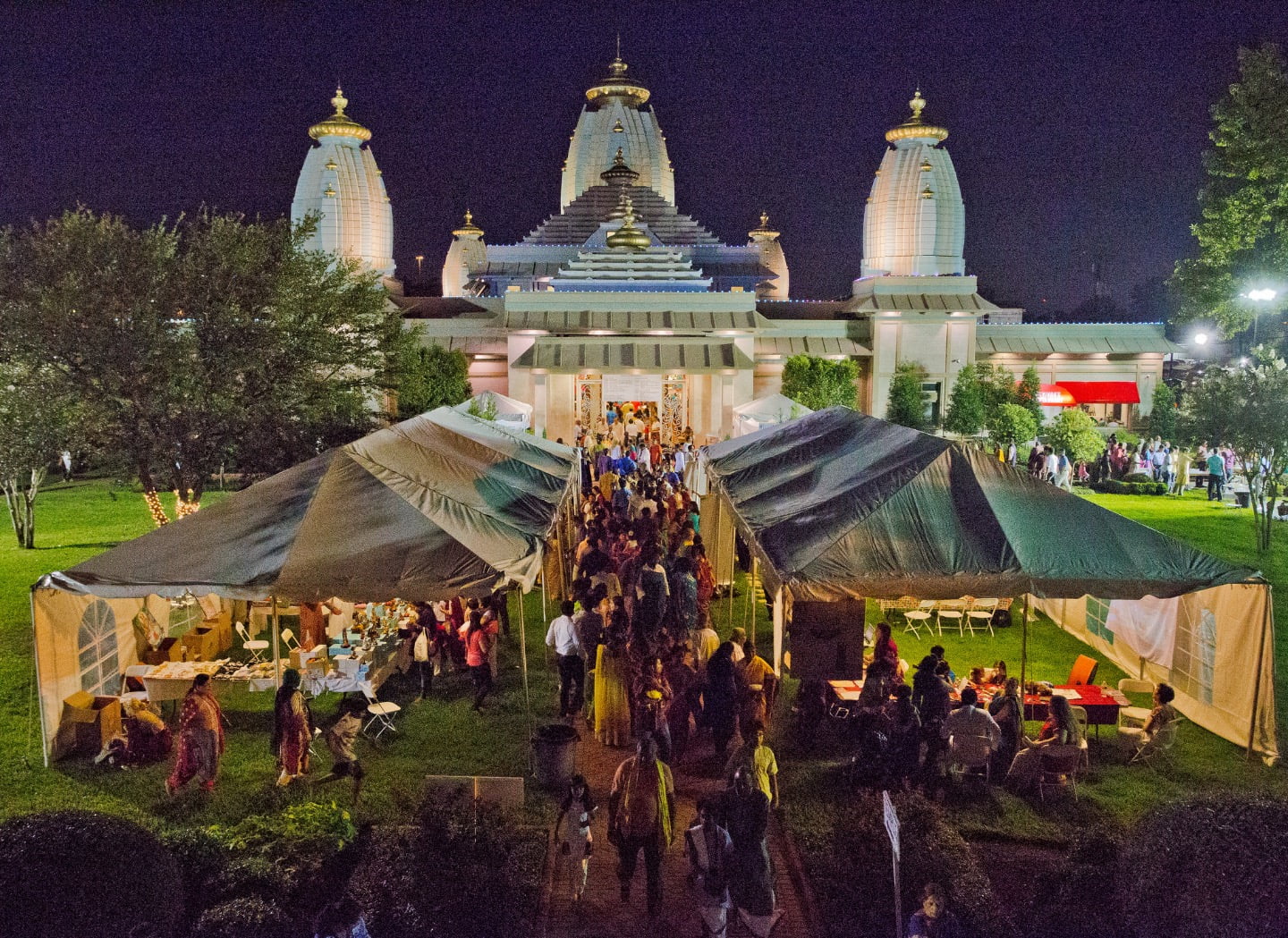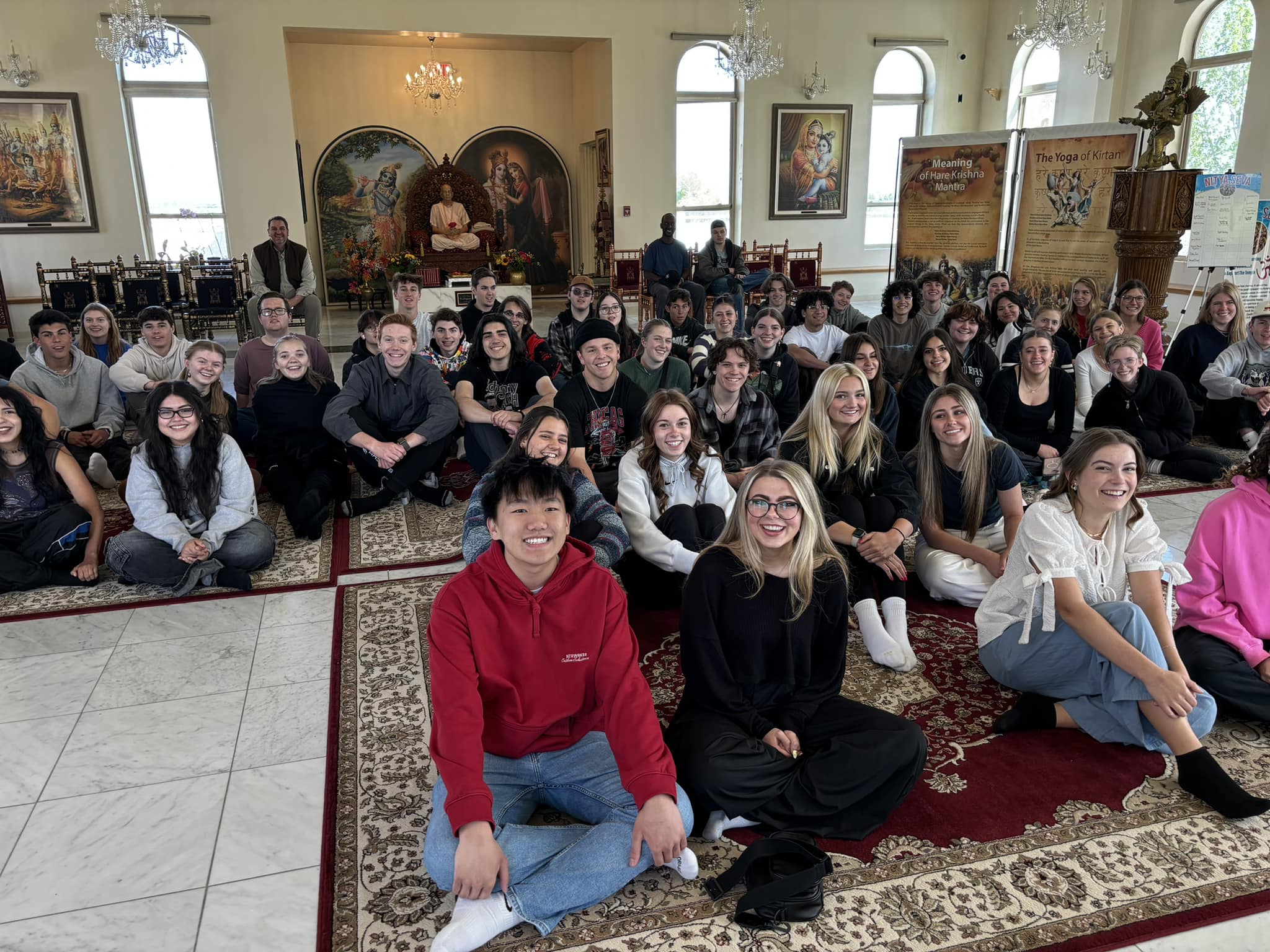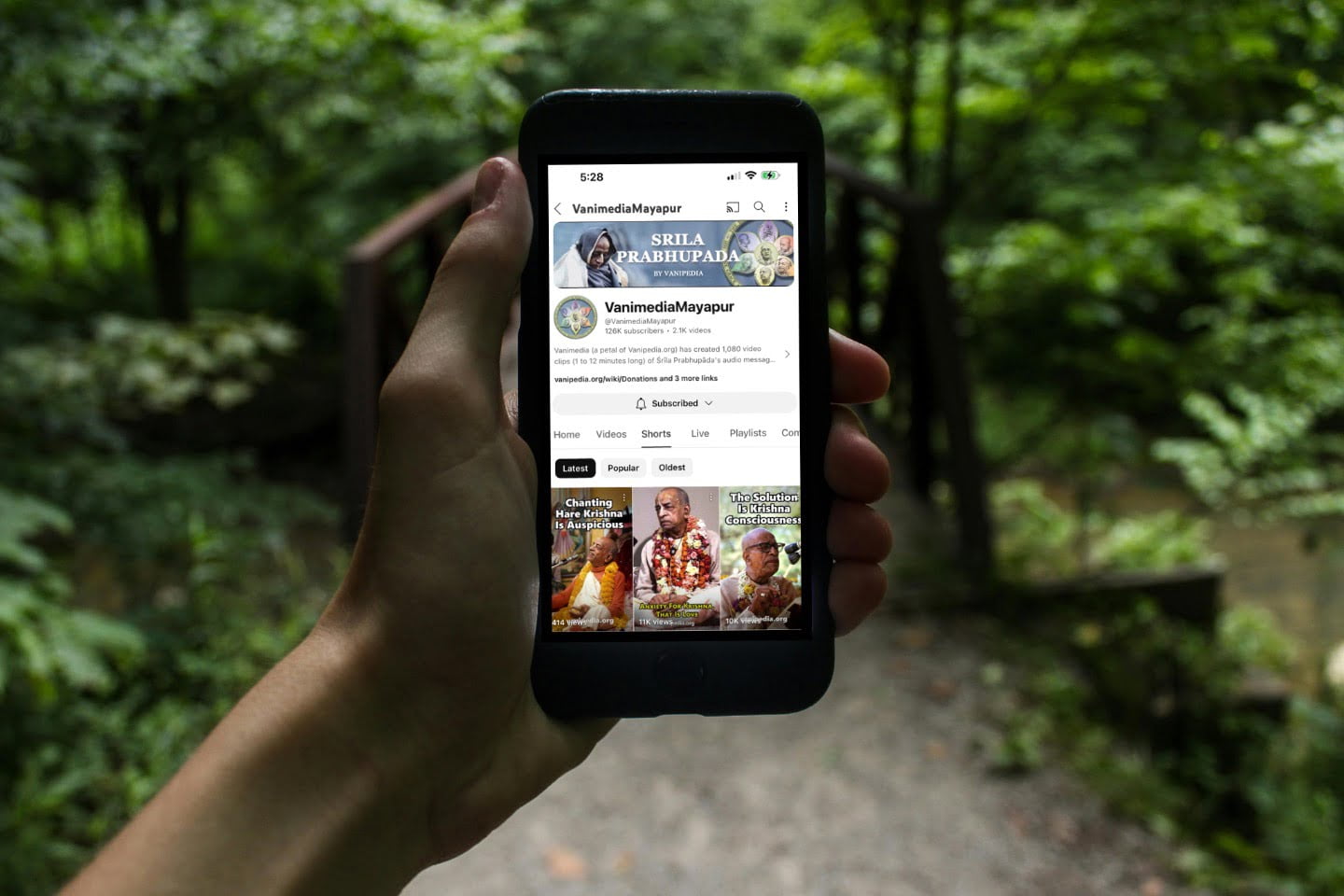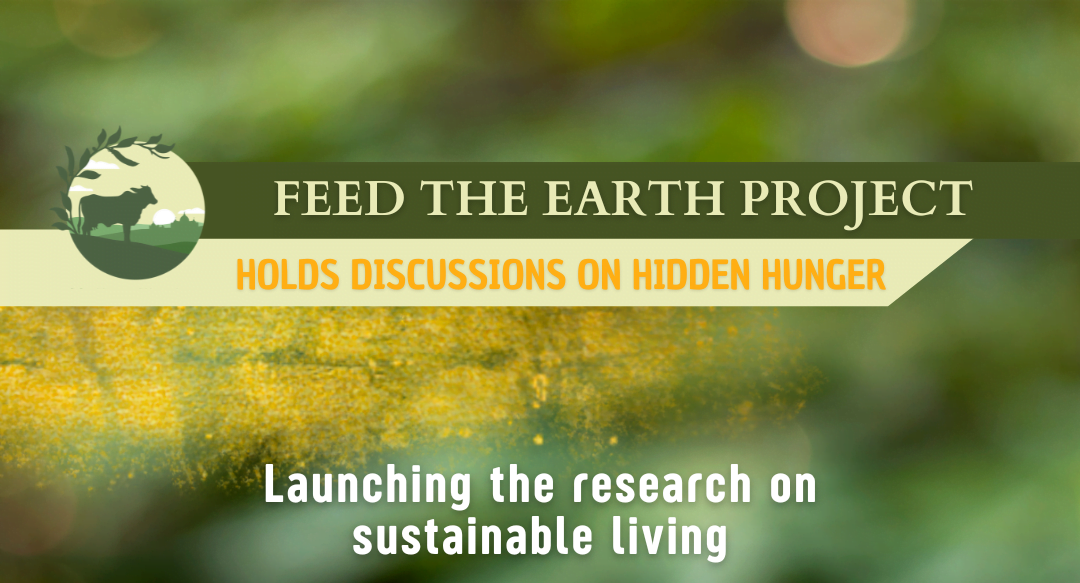Finding Ways to Support Cow Protection
By Antony Brennan | Apr 18, 2009
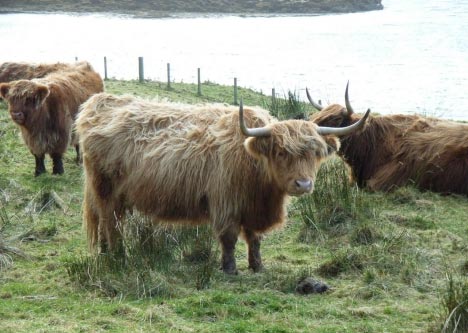
A report by the European Environment Agency reveals that for the first time in human history more people are living in towns and cities than in rural areas. Europe is one of the most urbanised regions, with around 75% of its population living in urban areas.
This phenomenon is being mirrored around the world. A report by the United Nations Population Fund says the number of city inhabitants will be over five billion, or 60% of world population, by 2030.
The Changing Face of ISKCON is a paper by researcher E. Burke Rochford, Jr reproduced in the ISKCON Communications Journal. It reveals that the devotees of Krishna are increasingly living as householders. Over the past two decades less devotees have made their homes on farms or in temples.
Whilst humans are leaving the land and moving to the cities at an unprecedented rate, industrial agriculture has been reducing the cost of agricultural produce to levels which devotee farms cannot hope to compete with. Cow Protection programs around the world are being directly affected by growing trends such as these.
A recent article posted by Madhava Gosh at www.dandavats.com asks the question “Why Do Cow Protection Programs Need Donations?” The article explains that “We are forced to practice cow protection within the context of a perverted social and economic context, [in which] the natural order has been turned topsy turvy.” The article points out that “A supportive community of devotees can at least partially make up for that lack.”
In this environment we need to rise to the challenge of finding ways we can participate in and support cow protection. The ultimate solution is that devotees join cow protection schemes, move in and participate in the agricultural work, but it seems to be a dying trend.
Most of us cannot keep a cow in our backyard. In most urban environments this is against the law. For the majority the only dairy products we have access to have been produced by an industrial system which puts little, if any, effort into the real care, well being, and appropriate use of cows, calves and bulls. Every cow providing milk to the industrial machine will be slaughtered unless she dies first.
You may not know that dairy cows, imprisoned by the industrial agriculturalists, are mechanically raped and impregnated to keep them lactating (producing milk) and that all of their calves taken from them following birth. You may also not know that these cows moan woefully for the loss of their babies. Almost all male calves removed from their mothers are butchered to produce what meat marketers call ‘veal,’ the flesh of undeveloped calves, which is apparently a delicacy amongst flesh eaters.”¨
The cow slaughter industry is a giant, multi trillion dollar business wielding great economic power. Who does not remember the attempt by the cow slaughter industry to silence Oprah Winfrey for daring to suggest she might never eat another hamburger?ӬӬWhen it seems like you are powerless to do anything it can be easy to give up and fall in line with the way things are. When the only milk products you have access to come off the supermarket shelves in cartons and are homogenised, pasteurised, de-creamed, blended and fortified, it is not surprising many devotees push this issue to the back of their minds.
”¨At this time, when more and more humans live in urban areas, we are easily distanced from the issues surrounding cow slaughter. Cow protection can seem to be outside our circle of influence, something for “country folk” to deal with. We should not despair, there are things each of us can do to encourage the protection of cows. In our own areas, our own countries and around the world, there are many levels at which we can participate and assist.
If you can visit a farm where cows are protected you should take the opportunity to do it. Being in that environment may open your eyes and your heart to what is do-able in your situation. For those who are unable to access farms another idea is to participate in Cow Protection Offsetting. This idea is being used in the energy industry to support the development of clean or alternative energy sources.
In carbon offsetting part of the money spent on energy is provided to companies which invest in renewable energy resources or those projects which remove carbon from the atmosphere.
Cow Protection Offsetting can take two forms. One form is where a person or group purchase as many agricultural products from Cow Protection programs as they can. Another form, for those who are unable to access products from cow protections program, is where a person or a group donate to cow protection on a dollar for dollar basis compared to their spending on industrial agricultural products.
If you spend $2 per day on industrial agricultural products from the corner store or the supermarket, you would donate $2 per day to a cow protection scheme. This way your resources go toward providing direct support for cow protection schemes helping build a future in which the products from these schemes may become available to a wider group of devotees, well wishers and others.
References:
http://www.eea.europa.eu/themes/urban/about-the-urban-environment
http://news.bbc.co.uk/2/hi/in_depth/6244496.stm
http://www.iskcon.com/icj/9_1/rochford.html
http://www.dandavats.com/?p=5359





